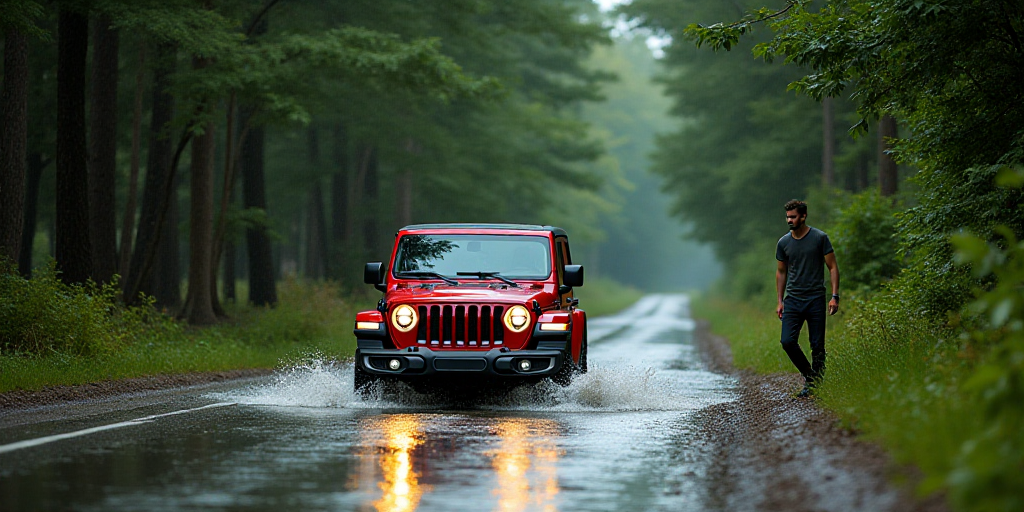Introduction
When it comes to maximizing the performance of your 4×4 vehicle, having the right knowledge and driving technique for any situation is crucial. This is especially true when navigating challenging routes, such as those organized by Bosco’s Camp and part of the National Off-Road Circuit.
Key Challenges: Crossing Rivers and Lakes
During the 2025 edition of Safari Kids, participants tackled 90% of the route by crossing the vast River Amacuzac. This experience provides an opportunity to address a significant aspect of driving: crossing bodies of water and employing the appropriate driving techniques.
Important Considerations for Water Crossings
- Vehicle Height: Pay special attention to the location of the engine’s air intake. This component must remain above the water level to prevent dangerous water entry that could lead to hydro-lock and engine damage. Accessories like snorkels can elevate the air intake to the roof, allowing the engine to breathe even if the hood is partially submerged—as long as you don’t exceed the snorkel’s own height limit.
- Entry Technique: Avoid sudden acceleration or causing splashes. Enter the water gradually. Once all four wheels are in the water, maintain a steady pace to cross the channel. Juan Bosco Martínez, route leader, repeatedly emphasizes the golden rule: “Slow and steady!” This is crucial because a stopped engine could allow water to enter through the exhaust, leading to catastrophic damage not covered by insurance.
- Tires: They play a vital role in vehicle performance. Models like the BFGoodrich KO3 feature Mud-phobic technology, which repels mud and keeps tread clean thanks to its design. The reinforced construction allows them to withstand impacts against rocks or roots without compromising integrity.
Relevance and Application
These techniques aren’t limited to extreme routes like Safari Kids; they’re also beneficial in everyday life, particularly during the rainy season. Understanding your vehicle’s capabilities and applying technical driving can mean the difference between an adventure and a ruined engine.
Key Questions and Answers
- Q: Why is maintaining the correct vehicle height important when crossing water? A: Keeping the air intake above the water level prevents dangerous water entry that could cause hydro-lock and engine damage.
- Q: What is the recommended entry technique for water crossings? A: Enter the water gradually and maintain a steady pace once all wheels are in the water to avoid stopping, which could allow water to enter through the exhaust.
- Q: How do tires contribute to successful water crossings? A: Tires with mud-repelling technology and reinforced construction ensure traction and withstand impacts, maintaining vehicle performance.






